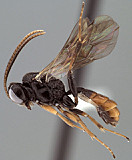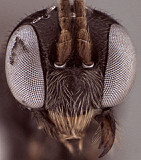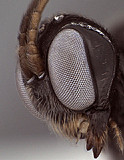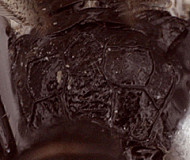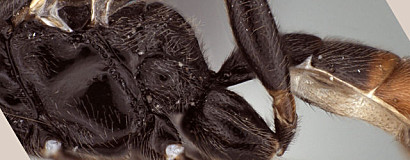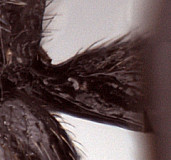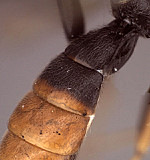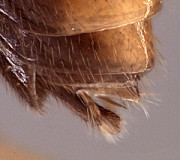According to Perkins (1962), the synonymy of heterocerus and anomalus should be attributed to Teunisson (1948). Thomson’s paper is listed as published in either 1893 or 1894 by various authors since the generic revision of Pionini by Townes (1970).
Phaestus Förster, 1869
Phaestus anomalus (Brischke, 1871)
Phaestus nigriventris Roman, 1937
This description is expanded from that given by Townes (1970), who also included Phaestus in a key to genera of Pionini.
There are no specimens currently determined for this OTU, or those specimens determined for this OTU are not yet mappable.
This work would not have been possible without the groundwork provided by Ian Gauld’s study of the Australian and Costa Rican faunas, and we are particularly grateful for his assistance in many aspects of this study. We also thank David Wahl of the American Entomological Institute and Andy Bennett of the Canadian National Collection for extended loans of the material used for this study and particularly Dave Karlsson for sending valuable material from the Swedish Malaise Trap Survey. Matt Yoder provided considerable assistance with databasing issues, and our use of PURLs (http://purl.oclc.org) in this regard follows the example of their use in publications by Norm Johnson. Heather Cummins, Andrea Walker, Patricia Turner, Caitlin Nessner, Amanda Ladigo, and Cheryl Hyde graciously assisted with image processing, formatting, and literature retrieval. This study was supported by the National Science Foundation’s PEET program under Grant No. DEB 0328922 and associated REU supplement #s DEB 0723663, 0923134, and 1026618. Page last updated Jan, 2015.
This material is based upon work supported by the National Science Foundation under Grant Number DEB 0328922 with REU supplements DEB 0723663, 0923134, and 1026618. Any opinions, findings, and conclusions or recommendations expressed in this material are those of the author(s) and do not necessarily reflect the views of the National Science Foundation.

